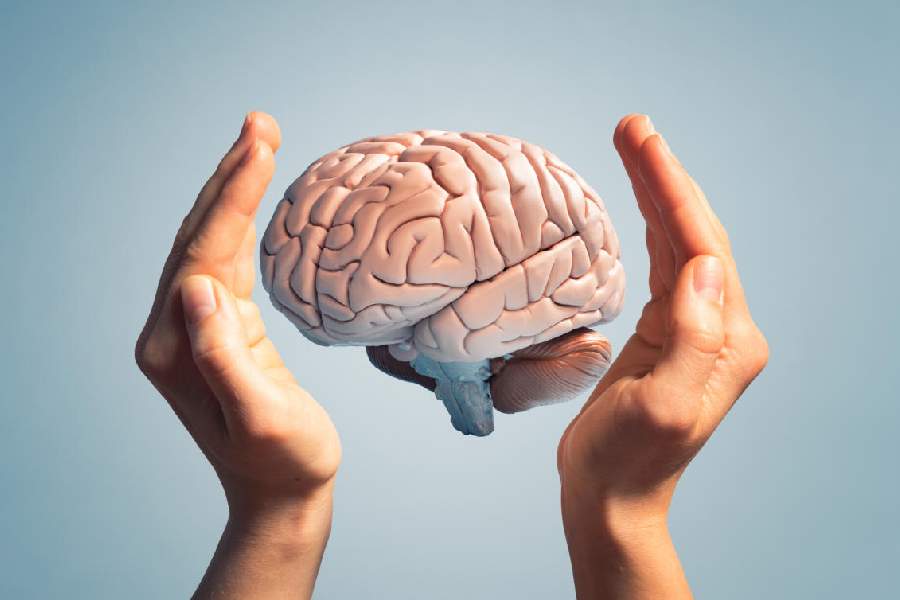Indian scientists have uncovered critical aspects of brain circuitry that shape the subjective experience of pain, marking a key step towards developing novel and non-addictive treatment options for relief from chronic pain.
Arnab Barik and his colleagues at the Indian Institute of Science (IISc), Bangalore, have shown that cells in the lateral parabrachial nucleus (LPBN), a critical hub of the brain’s pain circuits, facilitate “coping behaviour”.
Their work based on mice and brain-mapping techniques has identified a new mechanism involving connections between the LPBN, a region called the lateral hypothalamus, and the spinal cord that help decrease or increase pain sensation depending on other inputs in the brain.
“Our brain is adept at helping us prioritise our responses to threats we face every day,” said Barik, an assistant professor at the IISc Centre for Neurosciences. “If we’re hungry and need to walk to get food, while at the same time, our legs have been hurting due to an injury sustained while playing, our brains have ways to shut off the pain from the injury so that we can feed ourselves.”
Scientists have known for decades that the brain has the capacity to spontaneously increase pain thresholds, allowing athletes, for instance, to muscle through injuries to complete a match or injured soldiers to continue with their tasks.
“We’re trying to understand these built-in brain mechanisms that underlie such pain coping mechanisms,” said Barik. “How our brain prioritises between various threats to enable us to survive is not clearly understood.”
At the IISc, research scholar Prannay Reddy supervised by Barik designed experiments to study how mice coped with different pain thresholds. They placed mice sensitive to low temperatures on a cold plate or blew cold air on their paws, exposing them to 4-8°C, inducing cold pain.
They observed licks by the mice on their paws to assess the levels of pain felt by the animals. “Licking is their coping behaviour — the greater the pain they experience, the longer their licking behaviour,” Barik said.
The researchers used a technology called optogenetics, in which light signals are used to turn on or off cells in the brain that process pain. They then looked at the impact on the mice’s licking behaviour.
“We find that the same sets of cells in the LPBN receive both pain and hunger signals,” Barik said. “These cells help modulate our perception of pain, adjusting it in response to the different internal signals — in our experiment, the signals of hunger.”
The IISc team has published its findings in the scientific journal Pain. The other coauthors are Jagat Narayan Prajapati, Shrivas Chaterji, Austin Varughese, Yatika Chaudhary and Anupama Sathyamurthy.
In current studies, the researchers are trying to find molecules in the LPBN that could serve as targets for existing or novel candidate drugs to treat pain. “We are hoping that new drugs will be able to tune the activity of the LPBN cells by binding to their molecular targets and lower the sensation of pain,” Barik said.











